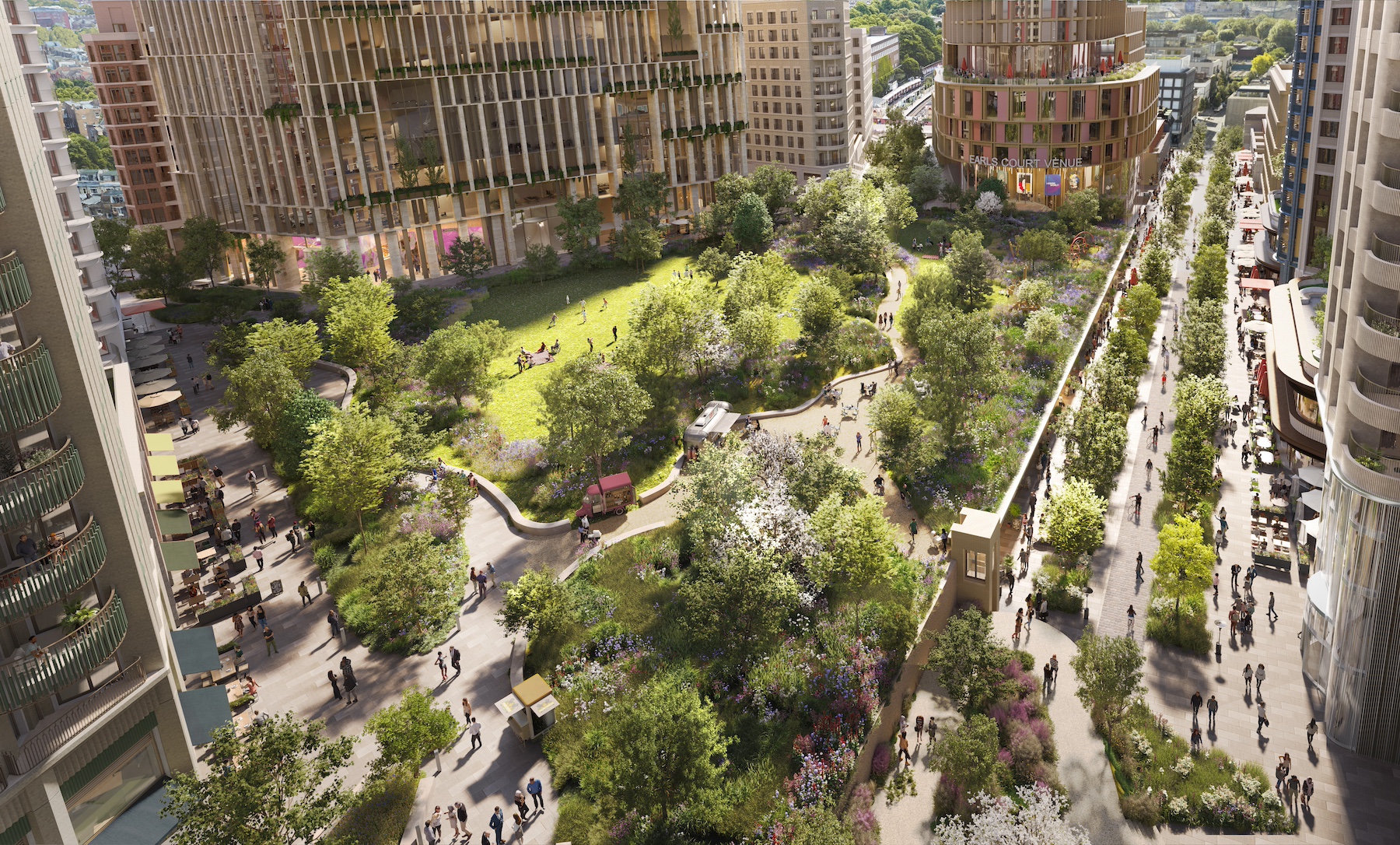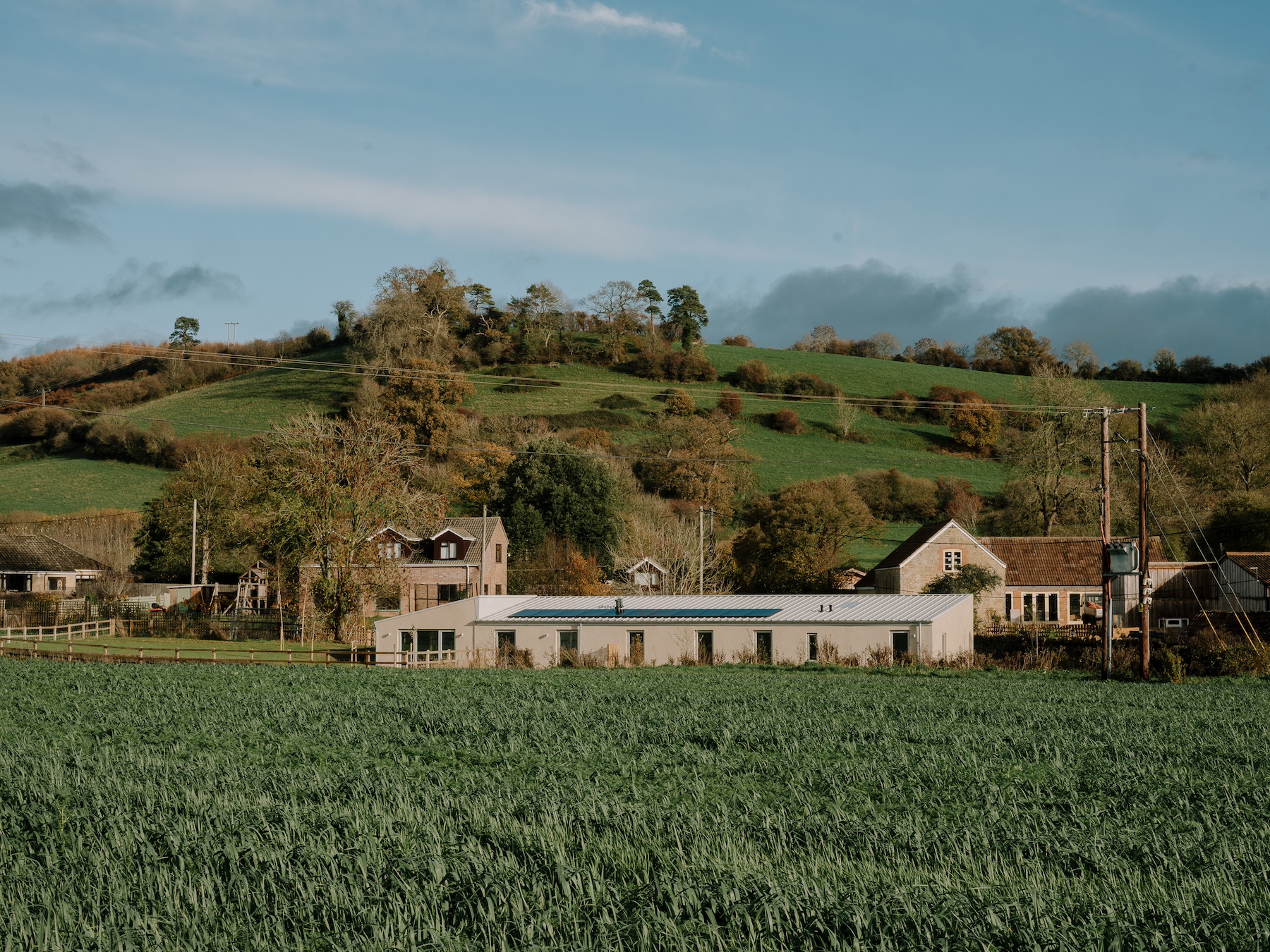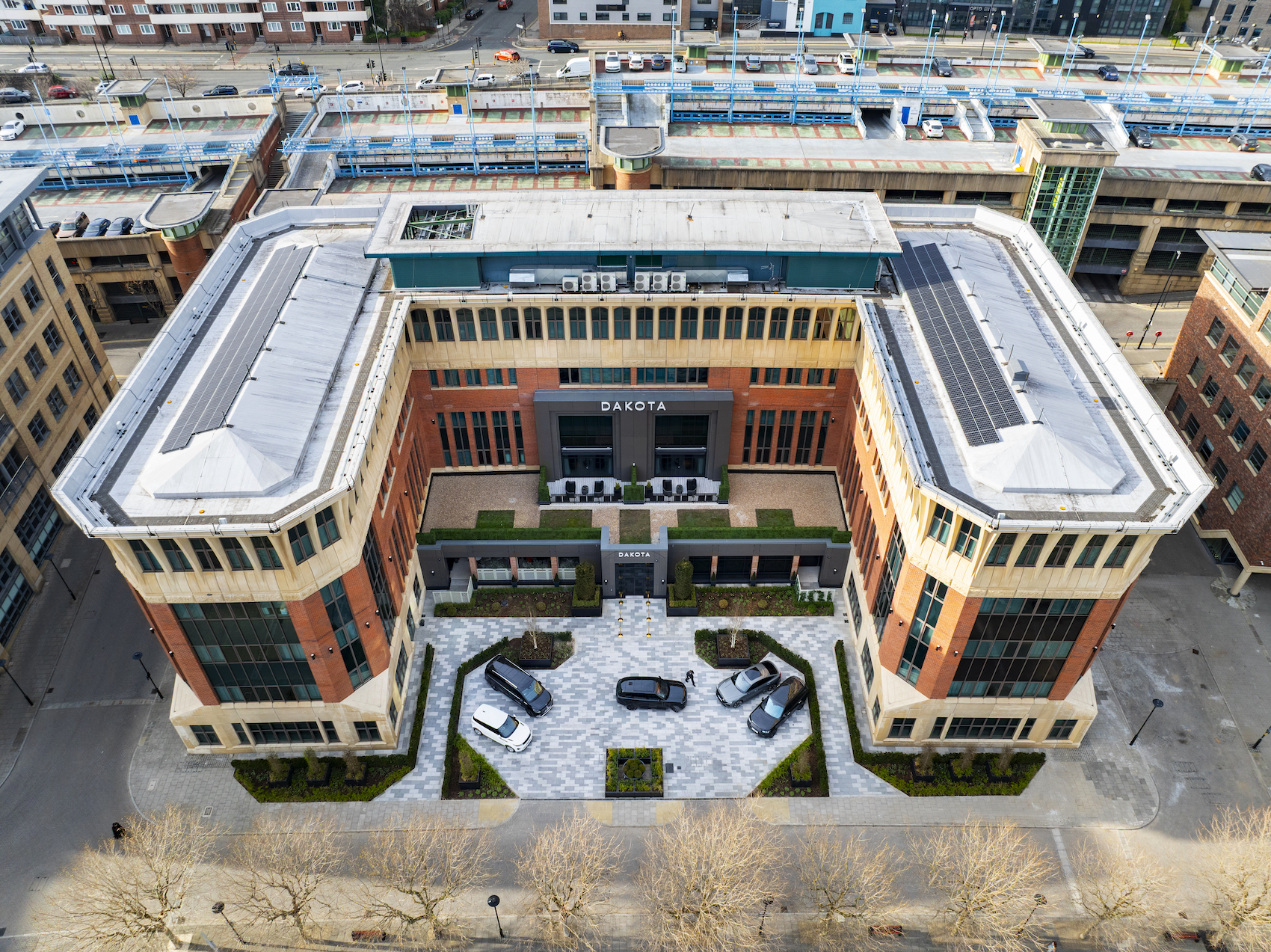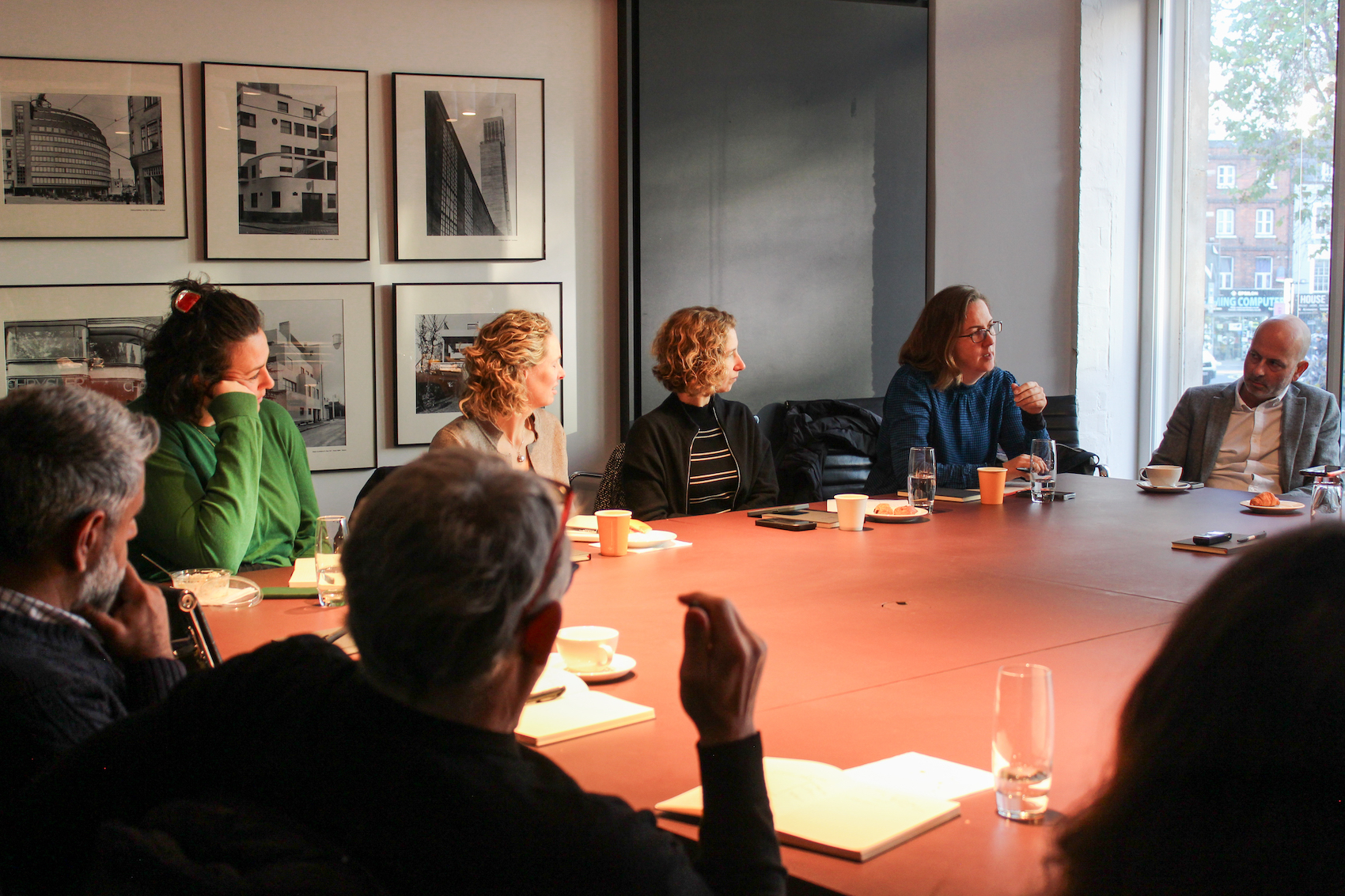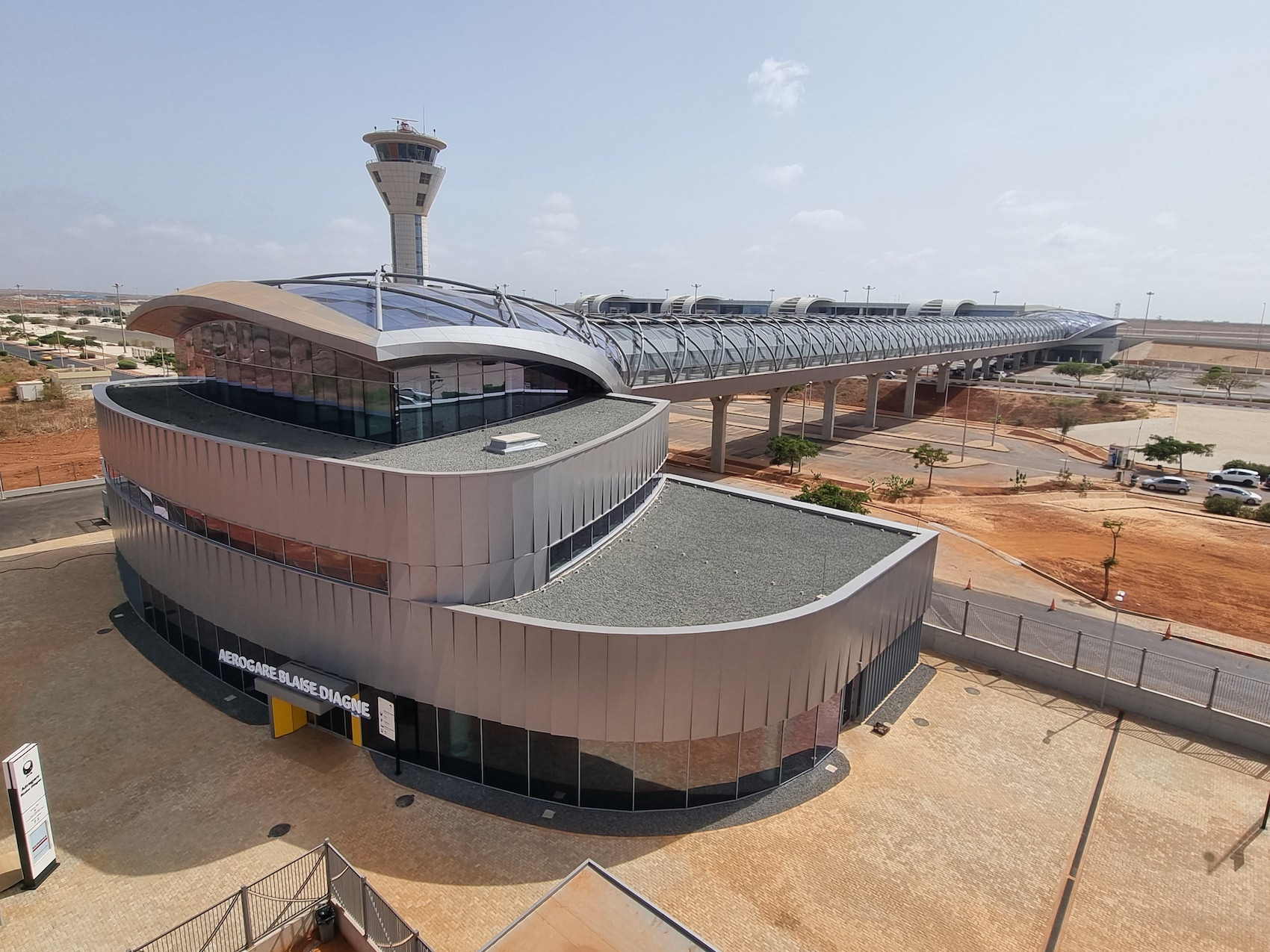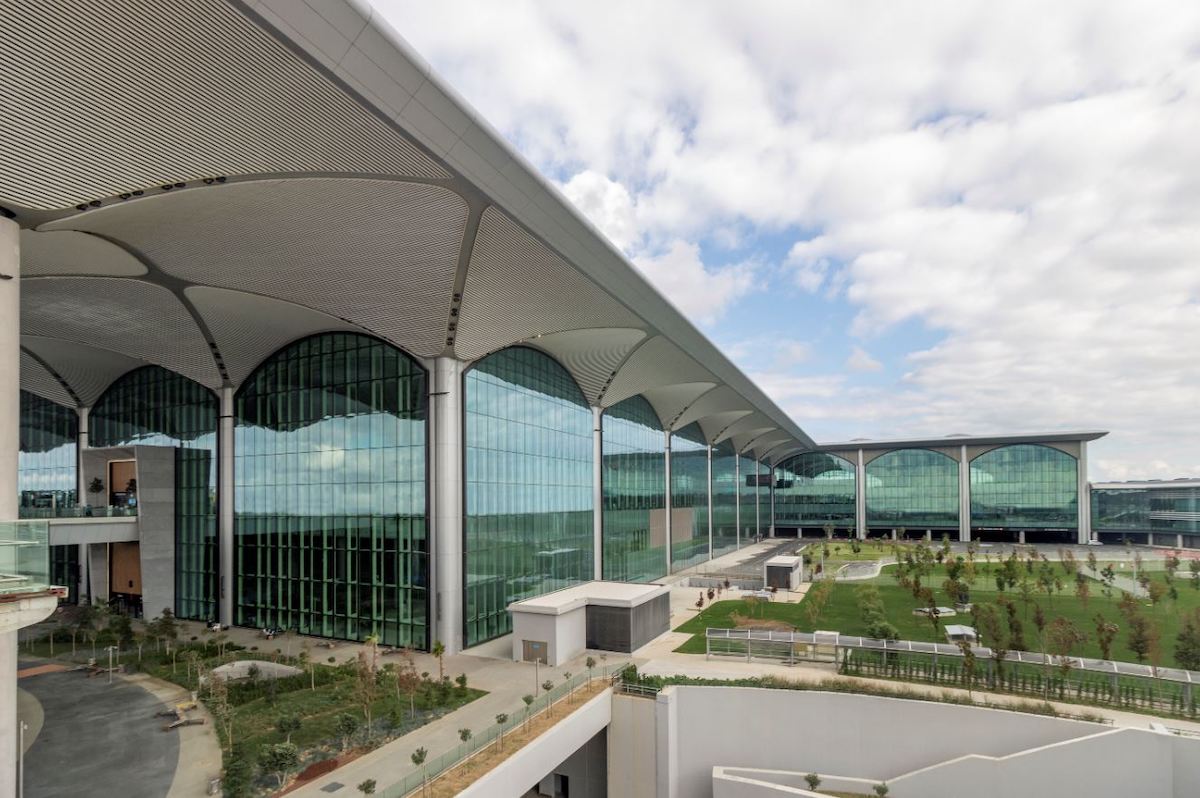Sharon Giffen explains how Earls Court’s cosmopolitan heritage and an ambitious 44-acre masterplan are set to reignite West London as a hub of innovation, culture and community.

Earls Court holds a special place in my family’s history. It is where my mother arrived from Colombia as a young architect backpacking through Europe in the early 1970s. She had saved London as the last stop before heading back to her job designing schools funded by the World Bank in Bogota. A group of Colombian friends were renting a flat in Earls Court, and she joined them for what was meant to be a whistlestop visit.
Yet one night in 1973 fate intervened; she met my father at the Mecca dance hall in Leicester Square. A young man from Belfast who had been travelling around the world as an engineer in the merchant navy, he had stopped over in London. It was his birthday and he asked this Colombian lady to dance… not realising that jiving was a very different offer to rumba and salsa!
So began their love story, and our family’s indelible connection to Earls Court.
They settled just off the Earls Court Road, welcomed from two troubled countries into a bustling, multi-cultural area alongside a mix of people arriving from all over the world at this gateway to London. From South Americans and Irish, to Antipodeans, Polish and South Africans, Earls Court was the place to be in West London with its heady mix of international restaurants, pubs and clubs.
Rock concerts, events and culture within the Exhibitions Centre building were also synonymous with my parents’ time in Earls Court. When we later moved out, we would return every year to visit the Ideal Home Show to see the latest technological advances, inspired by Tomorrow’s World on TV.
One year my mother was sold an exciting new kitchen appliance — the microwave — on the premise that she would be able to cook a legendary chicken roast dinner in one! They still have that microwave today.
Earls Court changed over the decades as travellers moved back home or settled in more affordable places. The mix of residents became even more diverse and today there are also large groups of Arabic, Somalian and South Asian communities. The closure of the Exhibition Centres in 2014 caused a huge loss economically, socially and emotionally to the area, as some felt it lost its identity.
Fast forward to 2019, and a fresh vision for this iconic 44-acre site was set in motion by its new owners in the joint venture partnership between Delancey (on behalf its client funds), APG and Transport for London. Following a long architectural career at Foster and Partners, I had joined the TFL Places for London team to lead on the design of strategic sites across London. Earls Court landed in my inbox and fate came knocking once again. As the third generation of architects in my family, my mother had also become the first female Colombian architect to be registered in the UK — I saw this as the perfect opportunity to apply my skills to a project I had such a deep connection to.
Leading on the new masterplan as Head of Design at The Earls Court Development Company, I have had the privilege of helping to create our vision to discover wonder through a highly skilled group of eight architectural practices, the international landscape practice SLA and in conversation with a wide range of community and stakeholder voices.
The rich architectural tapestry around the site, from Victorian and Georgian terraces and mansion blocks to post-war infill development, has shaped a masterplan that seeks to stitch Earls Court back into its surroundings. For the first time in over 150 years, the area will be reconnected through two new routes across the site running north–south and east–west, with nearly half the area dedicated to public realm.
Our proposals aim to reinstate Earls Court as a place known for being a home to many people, but also a place for innovation, culture and business. We aim to balance 2.9 million square feet of workspace, alongside three cultural venues and around 4,000 new homes for all stages of life. The future Earls Court will be underpinned by our values of innovation and sustainability, ensuring it remains an inclusive and resilient destination for decades to come.
Earls Court is personal to me, my family and my history. I’m proud to be part of this ambitious project, befitting of the area and leaving a legacy for future generations whose stories will begin and be woven into the fabric of the community here, just like mine.
Sharon Giffen is Head of Design at the Earls Court Development Company



